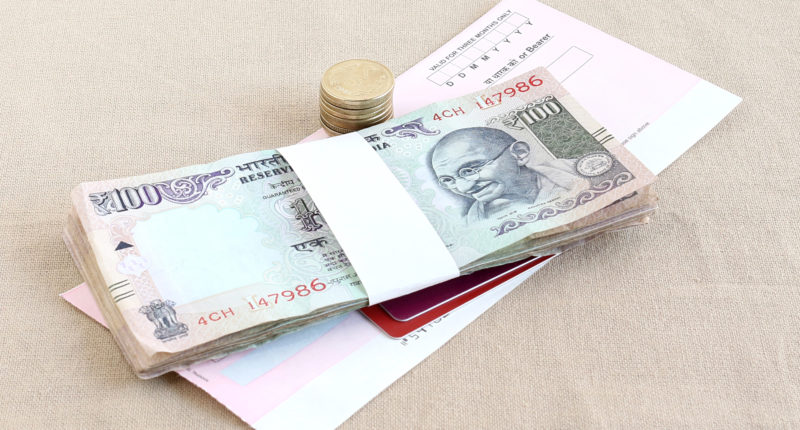The Indian Rupee has hit a 9-month low, i.e. 75.4, against the US Dollar on 13 April 2021. The currency has lost 4.2% over the last three weeks, one of the biggest losses among the emerging market currencies. The sharp rise in the COVID-19 cases in the country is to be attributed to the pressure and the loss the Indian Rupee had to bear.
Another important factor for the fall would be the Reserve Bank of India’s (RBI) announcement that it’ll maintain the fairly accommodative monetary policy and inject liquidity into the economy through the Government Securities Acquisition Programme (G-SAP). RBI is planning to start the programme with Rs.1 lakh crore in the current quarter.
Concerns regarding economic recovery and normalisation have been growing like never before, resulting in the Rupee taking the hit.
Analysing the fall
On 22 March, the Rupee traded at 72.38 to USD and slipped its stand to 75.42 on 13 April. This slip in the value witnessed a decline of 4.2% in a matter of three weeks. On 13 April alone, the Rupee lost 43 paise to the US Dollar, proving to be the weakest emerging market currency over the three weeks.
On the other hand, only the Turkish New Lira lost more than Indian Rupee during the period. It declined 4.36% against the US Dollar. Brazilian Real, Russian Ruble, Thai Baht, and Indonesian Rupiah have lost 3.99%, 3.25%, 2.33%, and 1.5% respectively in the same period.
Causes of the decline in value
- The key cause for the decline in Indian Rupee against the US Dollar is the rising number of COVID-19 cases, i.e. over 1.6 lakh fresh cases daily. Many states are looking at lockdown as their next move, market participants are worried about the economic recovery from the damage caused by the pandemic in FY21.
- The US economy’s growth has strengthened the dollar against the Euro, adding more pressure on the Rupee. Since 1 March, the Dollar has gained about 1.5% against the Euro.
- RBI’s G-SAP, a quantitative easing policy followed by the global central banks, has put more pressure on the Rupee. The programme enables RBI to the government’s elevated borrowing programme through liquidity infusion.
- The roller-coaster in foreign portfolio investors’ (FPI) sentiments is another factor to be considered. The FPIs invested about Rs.1.94 lakh crore during October 2020-February 2021. In contrast, they have pulled out a net of Rs.2,263 crore in April to date.
How’s the future going to be?
Industry experts think that the Rupee may go up to 77-78 over the next few months. This can raise concern among importers and individuals who have planned expenses in foreign currencies. The rising COVID-19 cases are threatening the economic recovery, in turn reducing the interest of FPIs.
For any clarifications/feedback on the topic, please contact the writer at apoorva.n@cleartax.in





